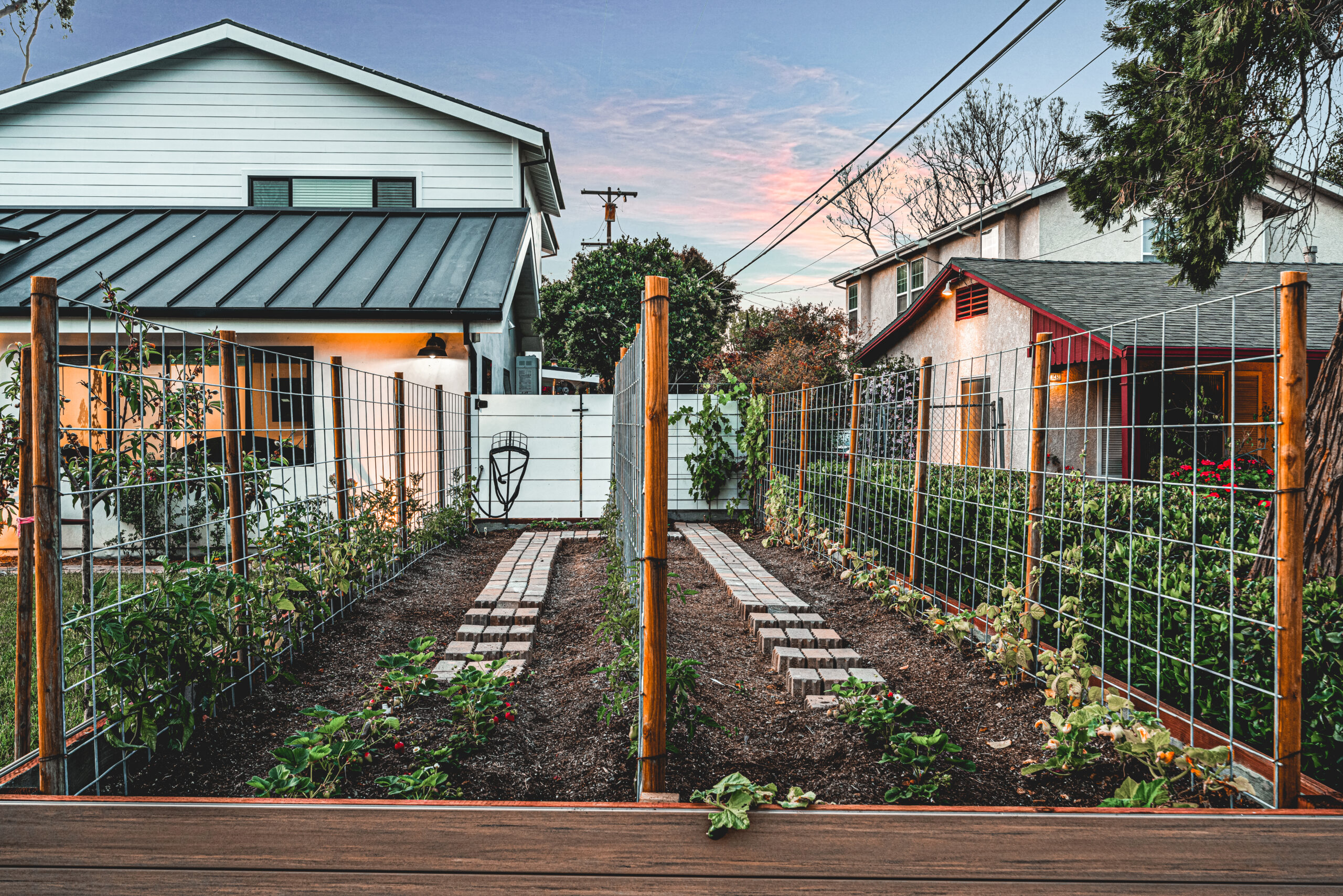The Rise of Eco-Friendly Landscape Design: Sustainable Choices for a Greener Yard
As environmental awareness rises, sustainable landscape design is becoming a top priority for homeowners in 2024. With an emphasis on conservation, eco-friendly landscapes are designed to reduce water use, minimize waste, and support local ecosystems.
A primary approach to sustainable design is xeriscaping, which reduces the need for water by using drought-tolerant plants. By selecting native species, homeowners create gardens that are naturally adapted to local climate conditions, making them more resilient and less demanding in terms of maintenance. Plants like yarrow, lavender, and ornamental grasses add beauty and variety while requiring minimal irrigation.
Rainwater harvesting is another eco-conscious practice gaining traction. Installing rain barrels or cisterns allows homeowners to collect and store rainwater, which can then be used to water plants during dry periods. Not only does this reduce dependence on municipal water supplies, but it also cuts down on runoff, which can carry pollutants into nearby waterways. Using rainwater for irrigation is a practical, sustainable choice that can significantly reduce water bills.
Recycled materials are also making a splash in sustainable landscape design. Instead of traditional hardscape materials, many are opting for reclaimed wood, recycled concrete, and repurposed metal. These materials lend a unique, rustic charm to outdoor spaces while reducing the demand for new resources. From garden edging to decking and patio furniture, reclaimed materials create a one-of-a-kind look that is both environmentally friendly and aesthetically pleasing.
Composting is yet another trend that supports eco-friendly landscape practices. By composting kitchen scraps and yard waste, homeowners can create a nutrient-rich soil amendment that reduces the need for chemical fertilizers. This not only improves soil health but also supports beneficial insects and microorganisms, making gardens more vibrant and productive.
Eco-friendly landscape design is more than a trend; it’s a shift towards thoughtful, sustainable living. By embracing these practices, homeowners can create outdoor spaces that are beautiful, functional, and beneficial for the planet.



